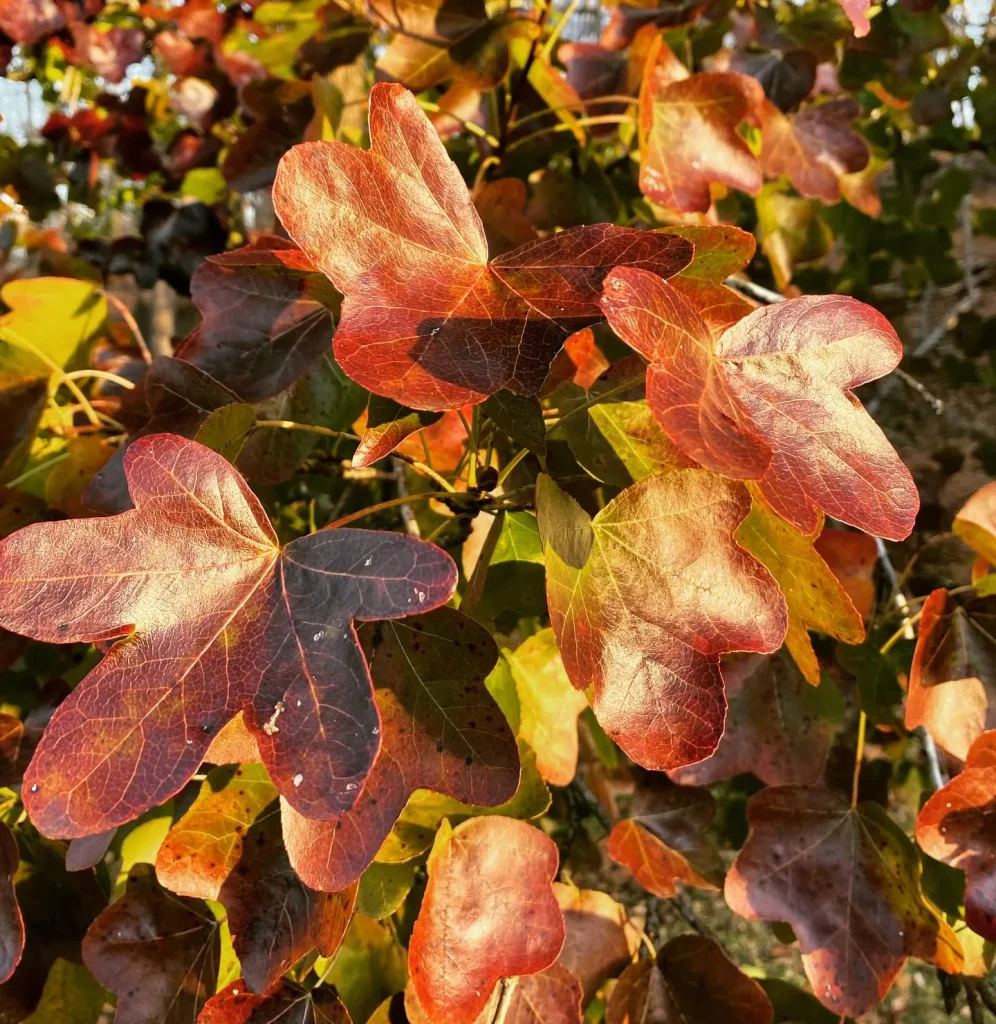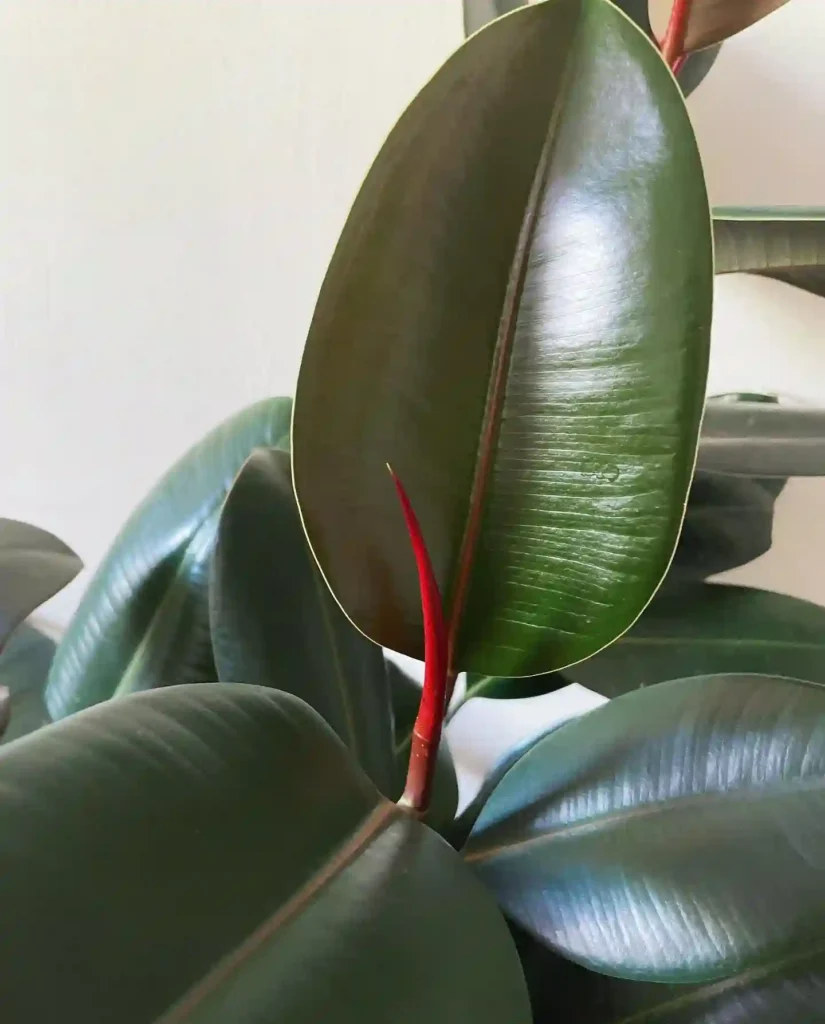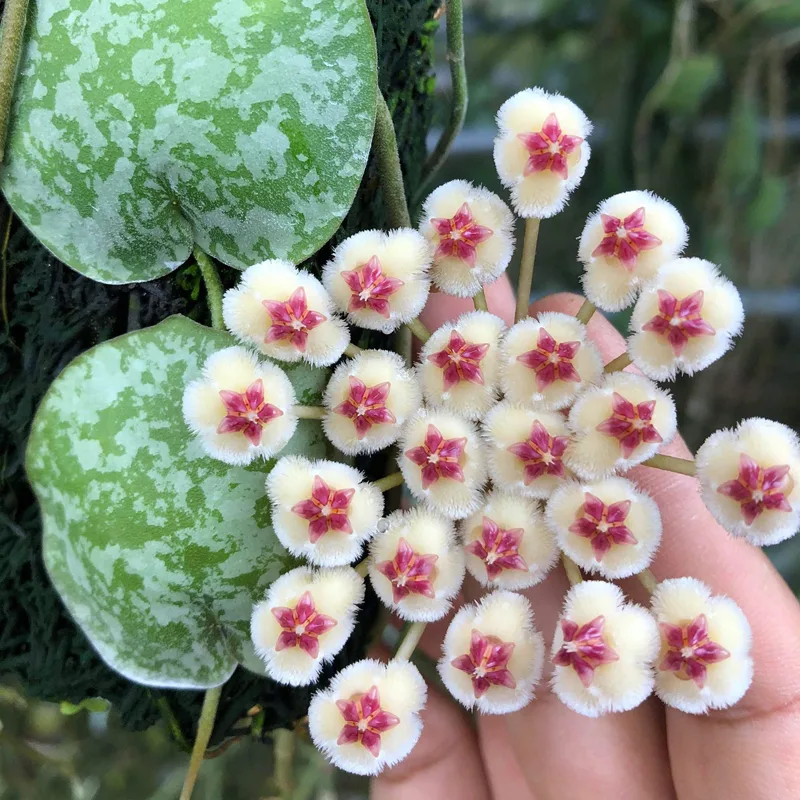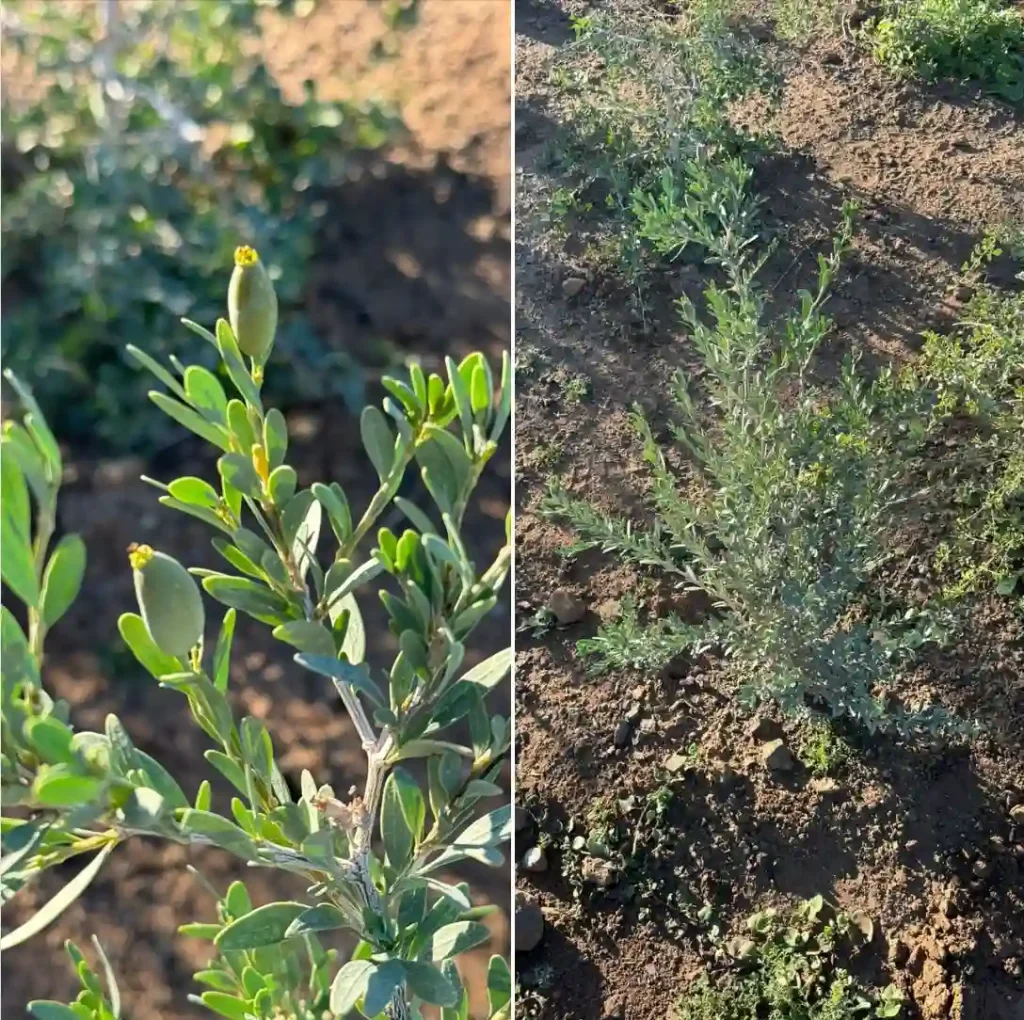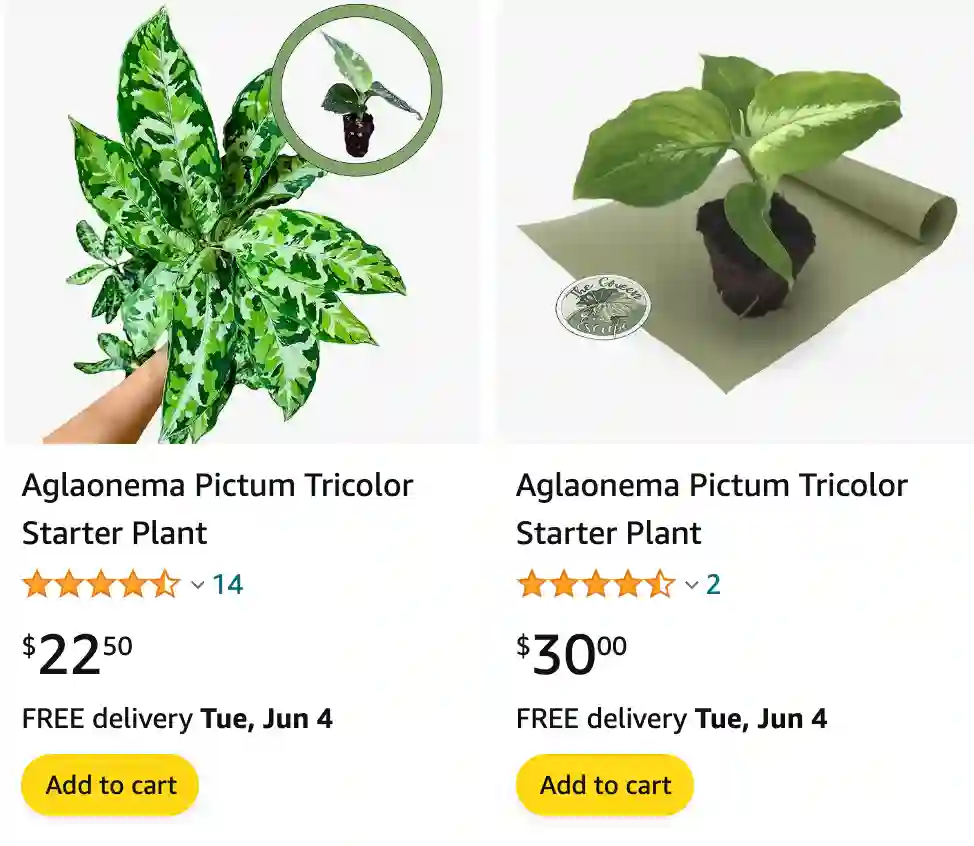
Aglaonema: My Evergreen Obsession
Hi, I’m Ferb Vu, and I’ve got a confession to make: I’m utterly captivated by Aglaonema. These stunning plants, often called Chinese Evergreens, have completely taken over my home and heart. Their vibrant foliage, ease of care, and sheer variety make them the perfect companions for a plant enthusiast like me.
I remember the first time I saw an Aglaonema. It was nestled amongst a sea of green in a local plant shop, its leaves a striking pattern of deep green and silver. I was instantly drawn to its understated elegance and knew I had to take it home. Little did I know that this single plant would spark a full-blown obsession.
Why I Love Aglaonema?
What’s not to love? Aglaonema are incredibly low-maintenance, thriving in the kind of environments I can easily provide. They tolerate low light, don’t need constant watering, and are generally quite forgiving if I happen to neglect them for a day or two (which, let’s be honest, sometimes happens).
But it’s their beauty that truly captivates me. The diversity within this genus is astounding. From the classic deep green varieties with subtle variegation to the show-stopping reds, pinks, and yellows of newer cultivars, there’s an Aglaonema to suit every taste and style. I’ve found myself drawn to the ones with bold, graphic patterns, like the ‘Silver Bay’ with its silvery-grey leaves and dark green margins, or the ‘Red Anjamani’ with its fiery red and green foliage.
A Diverse Genus
Speaking of variety, did you know there are actually over 20 recognized species of Aglaonema? Here are:
- Aglaonema modestum: This classic variety, also known as the ‘Chinese Evergreen,’ is a popular choice for its air-purifying qualities.
- Aglaonema costatum: Known for its white-veined, deep green leaves, this species adds a touch of drama to any space.
- Aglaonema pictum ‘Tricolor’: A true collector’s item, this rare variety showcases a mesmerizing blend of green, white, and cream on its leaves.
- Aglaonema rotundum: This unique species features deep green, almost black, leaves with striking red veins.
- Aglaonema birmanicum Hook.f.
- Aglaonema brevispathum (Engl.) Engl.
- Aglaonema chermsiriwattanae Sookch.
- Aglaonema cochinchinense Engl.
- Aglaonema commutatum Schott
- Aglaonema cordifolium Engl.
- Aglaonema densinervium Engl.
- Aglaonema flemingianum A.Hay
- Aglaonema hookerianum Schott
- Aglaonema manabendrae D.K.Roy, Odyuo, Lytan & A.A.Mao
- Aglaonema marantifolium Blume
- Aglaonema nebulosum N.E.Br.
- Aglaonema nicobaricum Hook.f.
- Aglaonema nitidum (Jack) Kunth
- Aglaonema ovatum Engl.
- Aglaonema philippinense Engl.
- Aglaonema pumilum Hook.f.
- Aglaonema robeleynii (Van Geert) Pitcher & Manda
- Aglaonema simplex Blume
- Aglaonema tassae Tag & Nangkar
- Aglaonema tricolor Jervis
- Aglaonema vittatum Ridl. ex Engl.
More Than Just a Pretty Face
Beyond their aesthetic appeal, Aglaonema offer a range of benefits. They’re known to purify the air by removing harmful toxins like formaldehyde and benzene. Plus, studies have shown that having plants in your home can reduce stress and improve your overall well-being. I can certainly attest to that! Caring for my Aglaonema brings me a sense of calm and connection to nature, even within the confines of my city apartment.
Tips for Aglaonema Success
If you’re thinking of adding an Aglaonema to your own plant family, here are a few tips I’ve learned along the way:
- Light: While they tolerate low light, Aglaonema will thrive in bright, indirect light. Avoid direct sunlight, as it can scorch their leaves.
- Water: Allow the soil to dry out slightly between waterings. Overwatering is a common mistake that can lead to root rot.
- Humidity: These tropical plants appreciate a bit of humidity. You can increase humidity by misting them regularly or placing them on a pebble tray filled with water.
- Fertilizer: Feed your Aglaonema with a balanced liquid fertilizer every few months during the growing season.
With a little care and attention, your Aglaonema will reward you with lush, vibrant foliage for years to come.
For me, Aglaonema are more than just houseplants. They’re living works of art that bring joy and tranquility to my everyday life. I can’t wait to see what new and exciting varieties I’ll discover next!

